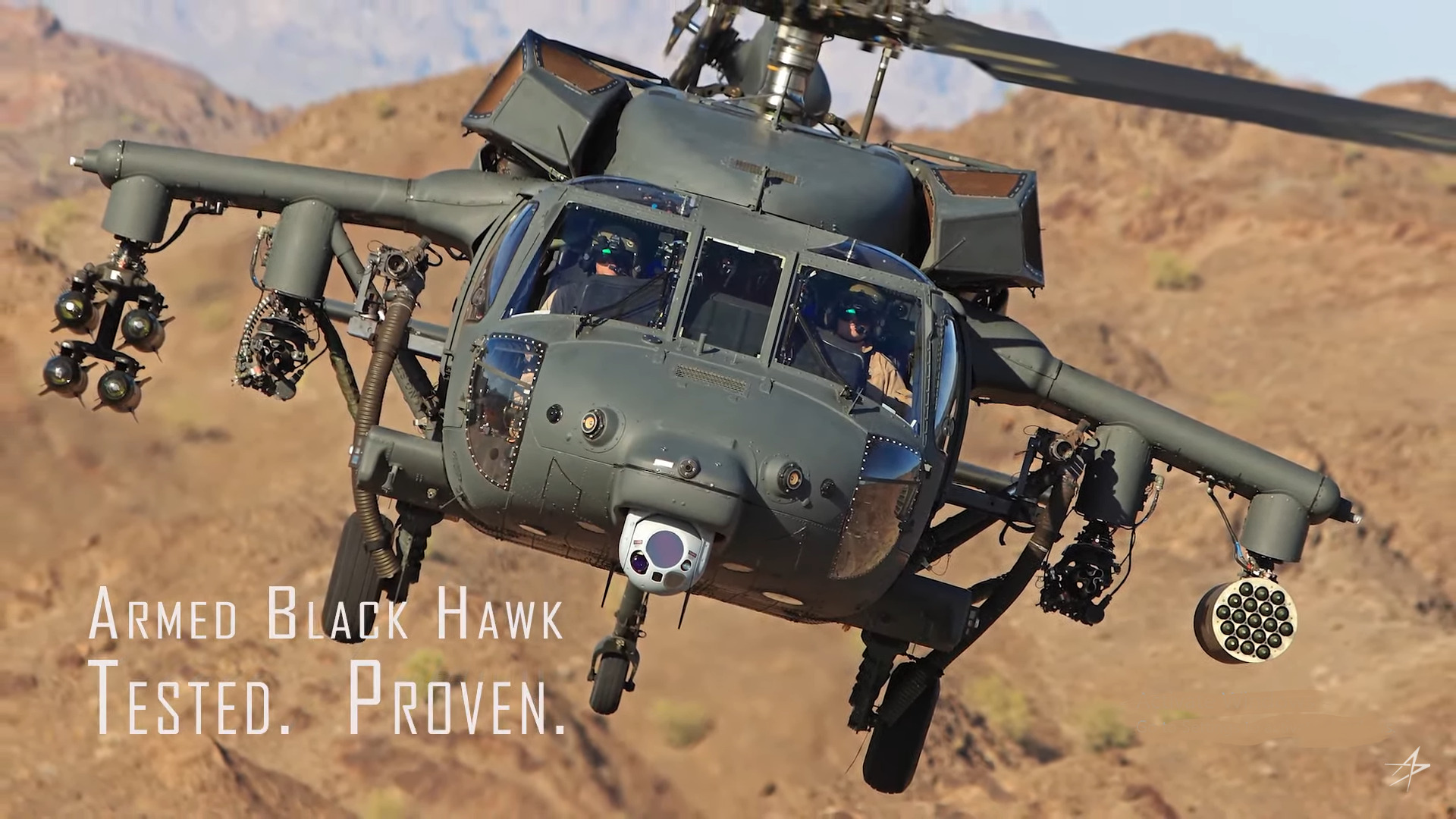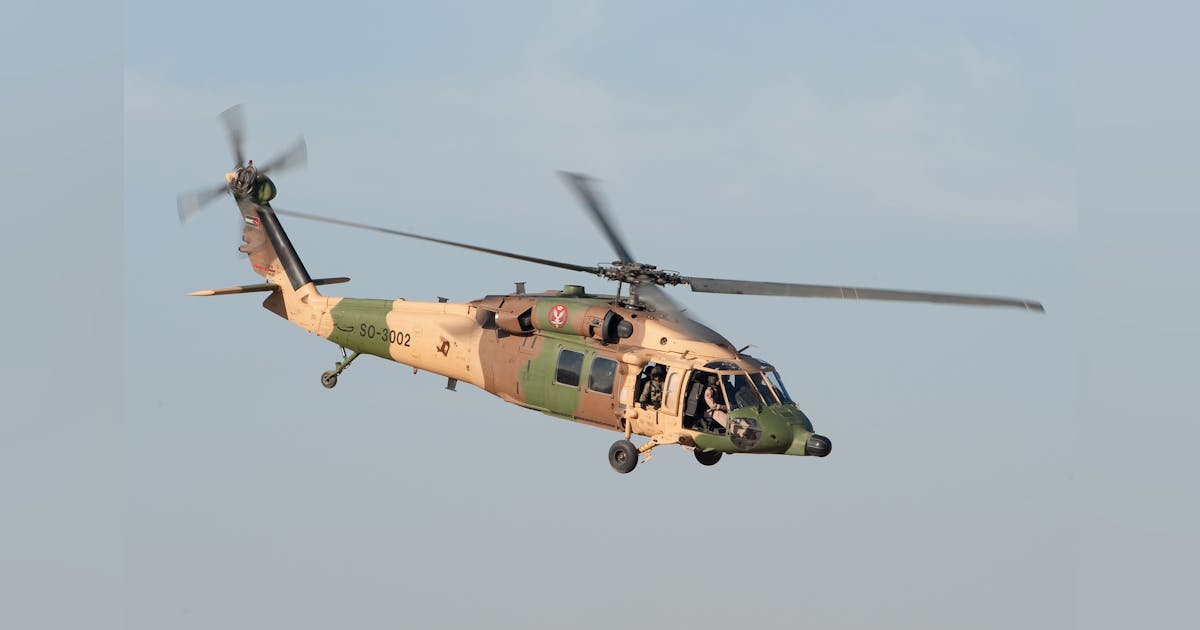Understanding the UH 60: Design, History, and Its Impact on Military Aviation
Understanding the UH 60: Design, History, and Its Impact on Military Aviation
Blog Article
Discovering the History and Development of the UH 60 Helicopter

Beginnings of the UH-60
The origins of the UH-60 helicopter can be mapped back to the late 1960s, a duration noted by the demand for a versatile utility airplane that can adapt to the progressing demands of modern-day war. The U.S. Military recognized the necessity for a substitute for the older UH-1 Iroquois, which was coming to be increasingly insufficient for the intricacies of contemporary combat situations. In 1967, the Military launched the Utility Tactical Transport Airplane System (UTTAS) program, which sought to establish a multi-role helicopter with the ability of different missions, including army transportation, clinical evacuation, and logistical assistance.
The UH-60 Black Hawk was introduced, showcasing innovative layout aspects and advanced innovation that set it apart from its precursors. The UH-60 quickly got acknowledgment for its robust efficiency, dependability, and versatility, leading the means for its considerable use in army procedures and solidifying its status as a cornerstone of United state Army air travel.
Secret Layout Features
Cutting-edge design attributes of the UH-60 Black Hawk significantly add to its operational effectiveness. Among one of the most noteworthy elements is its twin-engine configuration, which boosts reliability and offers a greater power-to-weight ratio, allowing the helicopter to perform under different conditions. The airplane's four-blade major rotor system uses enhanced lift and maneuverability, vital for tactical missions.

In addition, the cabin is designed for ideal visibility and ergonomics, featuring sophisticated avionics that improve pilot procedures. The modular design of the UH-60 enables for very easy upkeep and flexibility, making it suitable for numerous mission accounts, from troop transport to medevac procedures. These crucial style features make certain that the UH-60 Black Hawk continues to be a reputable and versatile asset in army aeronautics, with the ability of satisfying the needs of modern warfare.
Technical Improvements
Current technical developments in the UH-60 Black Hawk have actually significantly enhanced its functional capabilities and versatility. The assimilation of innovative avionics, such as digital flight control systems and improved situational understanding displays, enables pilots to run with raised precision and efficiency. These systems assist in boosted navigation, interaction, and information sharing, enabling the helicopter to work properly in varied environments.
Furthermore, the intro of composite materials has minimized the total weight of the aircraft while maintaining structural honesty. This decrease improves useful content gas performance and prolongs functional range. The incorporation of advanced rotor innovation, including making use of four-blade, completely articulated blades systems, has actually enhanced lift performance and maneuverability, allowing for much better handling in various trip problems.

Additionally, innovations in propulsion systems, such as the T700-GE-701D engines, have boosted power output and integrity - uh 60. These engines contribute to remarkable efficiency in high-altitude and hot-weather conditions
Lastly, the assimilation of self-defense systems and boosted sensing unit packages enhances the Black Hawk's survivability and goal efficiency. Collectively, these technical improvements make sure that the UH-60 Black Hawk remains an essential asset in modern aviation, capable of adapting to the progressing needs of humanitarian and armed forces goals.
Role in Armed Force Workflow
As the backbone of U.S. Military aviation, the UH-60 helicopter plays an essential role in different army operations, serving as a flexible system for fight assistance, transportation, and medevac objectives - uh 60. Its style incorporates the capability to operate in varied settings, making it important for troop movement and logistical assistance in both conventional and unusual warfare

In medical evacuation scenarios, the UH-60 has actually verified very useful, substantially reducing the moment to transfer injured soldiers from the combat zone to medical centers. Its sophisticated avionics and evening vision capacities better ensure goal success under challenging problems. Overall, the UH-60 helicopter continues to be a crucial possession, constantly adjusting to satisfy the evolving demands of armed forces procedures and improving the performance of united state pressures worldwide.
Future of the UH-60
Looking in advance, the have a peek here future of the UH-60 helicopter includes significant advancements in modern technology and abilities designed to enhance its operational performance. As armed forces procedures evolve, the UH-60 is anticipated to integrate innovative modern technologies, consisting of boosted avionics, improved weapons systems, and advanced communication devices. These improvements will certainly this post permit for better situational awareness and mission versatility, ensuring that the UH-60 stays a vital possession on the combat zone.
One significant growth is the integration of fly-by-wire systems, which will certainly improve flight control precision and reduce pilot workload. Furthermore, initiatives to upgrade the airframe and engines intend to raise variety, speed, and haul capacity, thereby broadening the helicopter's functional scope (uh 60).
The future also holds promise for raised interoperability with unmanned aerial systems (UAS), enabling collaborated missions that take advantage of both manned and unmanned capabilities. In addition, the incorporation of expert system and artificial intelligence might enhance flight characteristics and maintenance procedures, leading to lowered operational expenses.
Final Thought
The UH-60 Black Hawk helicopter represents a considerable achievement in armed forces aviation, evolving from the united state Military's initial needs for a functional energy airplane. Its innovative style features and constant technical developments have actually guaranteed its relevance in different army operations over the years. As the demands of contemporary warfare modification, the future of the UH-60 will likely include additional improvements and adjustments, strengthening its condition as a vital asset for militaries worldwide.
The UH-60 Black Hawk helicopter stands for a significant milestone in armed forces aviation, arising from the U.S. Military's quest for a more reputable and versatile energy airplane in the late 20th century.The origins of the UH-60 helicopter can be traced back to the late 1960s, a period marked by the requirement for a versatile energy aircraft that can adjust to the evolving demands of modern warfare. Generally, the UH-60 helicopter stays a vital possession, constantly adapting to meet the developing needs of army operations and enhancing the efficiency of U.S. forces worldwide.
Looking in advance, the future of the UH-60 helicopter includes considerable improvements in modern technology and abilities developed to boost its functional effectiveness.The UH-60 Black Hawk helicopter represents a significant success in armed forces aviation, evolving from the United state Army's preliminary needs for a flexible energy airplane.
Report this page